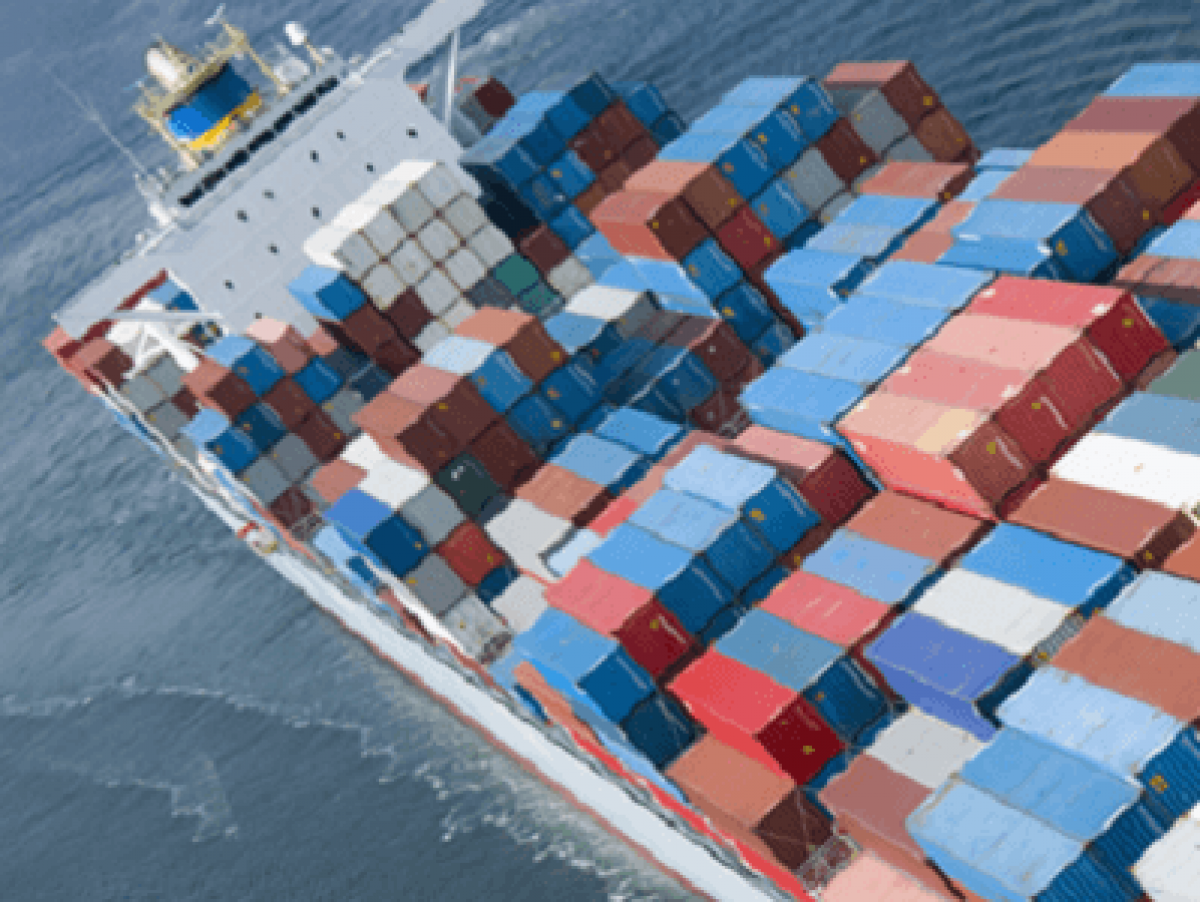Sommeliers Choice Awards 2025 Winners
Understanding International Shipping For Wine, Beer and Spirits
How to ship your beer, wine and spirits around the world and tips on selecting the right international freight partner.

Deciding on an international shipping service to transport your wine, beer and spirits around the world is a big decision. Facilitated service providers that help maximize efficiency across the supply chain and avoid conflicts with honest and transparent deals that hinge on prompt and effective communication are very valuable business partners, but brand owners new to international shipping often don't know where to start.
BTN Interviews Ian Smith, CEO of CargoHound, on the biggest shipping challenges brand owners face, how to minimize setbacks and gets his top tips for shipping to international markets.
BTN: What are the biggest challenges that face brands that ship their products overseas and how can brand owners prepare to face them.
Ian: Managing freight costs is a key issue for exporters. Transportation and freight costs are important factors that can adversely affect their competitiveness. It takes time and resources to find the most cost effective freight service best suited to your specific needs.
Exporters generally have the following “pain points” when they are looking to ship product overseas:
• High cost of international freight;
• Time it takes to find the best freight rate from multiple service providers;
• Finding a reliable service provider for different markets around the world;
• ‘Smoke and mirrors’ of international freight – Limited transparency of pricing;
• Finding other exporters/importers to consolidate shipments with is difficult.
Use online and offline marketplace channels that allow you to connect with reliable freight forwarders to reduce the time, cost and risk of shipping products internationally. Do your due diligence and compare quotes from multiple "rated" service providers, identify the freight service that best suits your requirements and budget and look at the service track record of your top choices before finally selecting your partner.
BTN: What are some of the easiest markets for brands to import/export from and why?
Ian: The best markets are dependent on your product type, your competitive advantage and your existing networks.
Firstly, it is best to focus on markets where you have a strong understanding of the market and culture. You should ideally have a very solid and professional relationship with your trading partner/s and a strong network of advocates. It is wise to focus on markets that are English speaking initially to reduce the language and cultural barriers and minimize the costs of multilingual packaging.
Secondly, the focus markets should be ones where you know that you have a competitive advantage, are profitable, and the barriers to entry are not too high. Finally, politically and socially stable markets are also wiser choices, for obvious risk management reasons.
BTN: From a logistics point-of-view, what can brand owners do to minimize setbacks and maximize order efficiency?
Ian: In any given year, there are many pitfalls that can trip up even the most meticulously diligent brand owners. To minimize the chance of logistics issues:
• Ensure the labels, packaging and products are compliant with the export market’s requirements;
• Ensure you have your export license and registrations required for the market;
• Ensure the wine is packaged with care and in robust cartons, and export standard pallets are used if pallets are required;
• Label all packaging clearly;
• Confirm your freight responsibilities with the importer e.g. Incoterms (who is responsible for what);
• Ensure all customs paperwork is completed correctly, and is included as instructed;
• If you shipping a less than container load, ask neighbouring wineries, or the importer if there are any consolidation options.
BTN: What are your Top 5 Tips for brand owners getting ready for their first international order?
Ian: 1. Formalize a contract with your importer to understand your rights and obligations in the market. Especially around Incoterms, payment terms, currency rates, returns, inventories, insurance, liabilities, and trademarks. You should seek advice from trusted service providers in these areas.
2. Formalize a sales and marketing plan for the first 18 months, and have agreed targets and milestones for the importer.
3. Formalize a reporting schedule and hold your importer accountable to this schedule, and its proposed format and content.
4. Ensure all the packaging and products are compliant with the export market requirements and regulations.
5. Be prepared to work the market with energy, and frequently.
Not a BTN Member yet?
Get BTN Premium membership and have full access to articles and webinars on BTN + other benefits like:
Full Access to BTN Consultants
Full Access to Buying Leads
Post Unlimited Brands
Full Access to all Articles and Webinars
Full Access to BTN Live conferences presentations and speaker sessions
Discounted rates to exhibit at major partner events and conferences
And Much More...
Your BTN membership will reduce your trial and error time: Why experiment with your branding and distribution when you can fast-track your time to success? Get 'How to do it' content which will help you improve your sales and grow your distribution. Just one article can help you make better decisions and improve your distribution strategy. Try it














.jpg)








